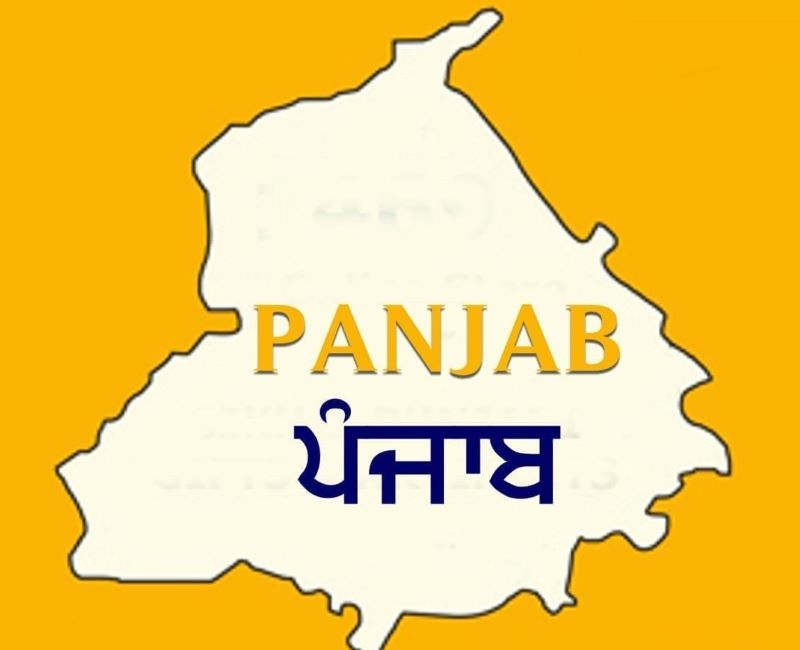 The economy forms the backbone of any society, and Punjab is no exception. With most of its population living in villages and engaged in agriculture, the state has historically been the food basket of India, contributing up to 60% of the nation’s food grains. Yet, behind this contribution lies a painful reality. The majority of Punjab’s farmers are small landholders, with one-third owning less than five acres. These farmers, despite their hard work and resilience, continue to struggle for survival while feeding the entire nation.
The economy forms the backbone of any society, and Punjab is no exception. With most of its population living in villages and engaged in agriculture, the state has historically been the food basket of India, contributing up to 60% of the nation’s food grains. Yet, behind this contribution lies a painful reality. The majority of Punjab’s farmers are small landholders, with one-third owning less than five acres. These farmers, despite their hard work and resilience, continue to struggle for survival while feeding the entire nation.
Unfortunately, successive governments and administrations have failed to address the problems of this sector. The Green Revolution, which once brought prosperity and high yields, has now left agriculture at the mercy of markets. Rising input costs, stagnant crop returns, and debt dependency have pushed farmers into economic vulnerability.
The debt situation is alarming. Nationally, the average debt per farmer family is Rs. 74,121, but in Punjab it has risen to Rs. 2.05 lakh—far higher than states like Haryana (Rs. 1.83 lakh), Himachal Pradesh (Rs. 85,285), or Jammu and Kashmir (Rs. 30,435). In 1997, Punjab’s collective farm debt stood at Rs. 5,700 crore, but by 2022-23 it had exploded to Rs. 73,673 crore. This relentless rise has forced many into despair. Studies suggest nearly 30,000 farmer suicides in rural Punjab, a tragic indicator of the hopelessness among farming families.
The sense of frustration is reflected in the National Sample Survey (2002), which found that 40% of farmers nationwide wished to leave farming altogether. Yet, despite financial losses, Punjab’s farmers remain tied to agriculture for social, cultural, and psychological reasons. This contradiction has fueled both mass agitations and individual tragedies, revealing the deep unrest in Punjab’s rural society.
Alongside the economic crisis is an equally dangerous ecological one. Punjab has more than 14.5 lakh tubewells for irrigation, which has led to the over-exploitation of groundwater. Over the last decade, water levels have dropped by 100–200 feet in many areas, forcing farmers to invest heavily in deeper borewells and powerful motors. Today, 140 out of 150 administrative blocks are considered “over-exploited.” According to the Central Board of Ground Water, if current trends continue, the state’s water table may sink to 1,000 feet by 2039, effectively turning Punjab into a desert.
Much of this crisis is linked to paddy cultivation. Covering more than 32 lakh hectares, paddy is an extremely water-guzzling crop. Ironically, rice is not even a staple food in Punjab. Farmers grow it mainly due to government procurement guarantees, despite environmental risks. Direct Seeding of Rice (DSR), a water-saving method, has declined, and the government’s incentive of Rs. 1,500 per acre has failed to change farmer behavior. Meanwhile, banned varieties of paddy continue to be grown, worsening the problem.
The ecological imbalance does not end with water. The indiscriminate use of pesticides has polluted Punjab’s soil, water, and air. The Malwa belt, often called Punjab’s “cancer belt,” is witnessing rising health complications linked to chemical farming. These problems extend beyond the fields, poisoning the environment and weakening the foundations of rural life.
Punjab today stands at a crossroads. Its farmers are trapped in debt, its natural resources are collapsing, and its society is restless with anger and despair. Unless urgent reforms are undertaken—focusing on crop diversification, sustainable practices, and farmer-friendly policies—the state risks a future of both economic ruin and ecological disaster. The unrest in Punjab is not an isolated issue but a warning to the entire nation.